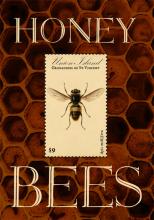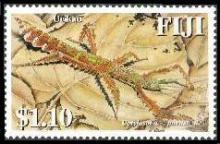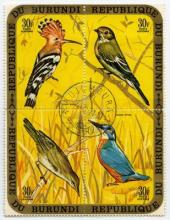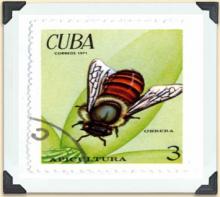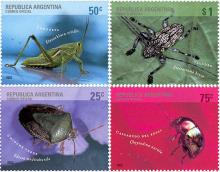A link exists between pesticides and Parkinson's disease
For several years, neurologists at UCLA have been building a case that a link exists between pesticides and Parkinson's disease. To date, paraquat, maneb and ziram — common chemicals sprayed in California's Central Valley and elsewhere — have been tied to increases in the disease, not only among farmworkers but in individuals who simply lived or worked near fields and likely inhaled drifting particles. Now, UCLA researchers have discovered a link between Parkinson's and another pesticide, benomyl, whose toxicological effects still linger some 10 years after the chemical was banned by the U.S. Environmental Protection Agency. Even more significantly, the research suggests that the damaging series of events set in motion by benomyl may also occur in people with Parkinson's disease who were never exposed to the pesticide, according to Jeff Bronstein, senior author of the study and a professor of neurology at UCLA, and his colleagues. Benomyl exposure, they say, starts a cascade of cellular events that may lead to Parkinson's. The pesticide prevents an enzyme called ALDH (aldehyde dehydrogenase) from keeping a lid on DOPAL, a toxin that naturally occurs in the brain. When left unchecked by ALDH, DOPAL accumulates, damages neurons and increases an individual's risk of developing Parkinson's.


